How you prepare your garden for winter this fall plays a huge roll in how your garden will perform and produce next year.
All too often, the vegetable garden plot become an afterthought as autumn settles in. Once plants begin to lose their vigor, and production slows or stops all together, many gardeners simply let their garden sit until the following spring’s planting season.
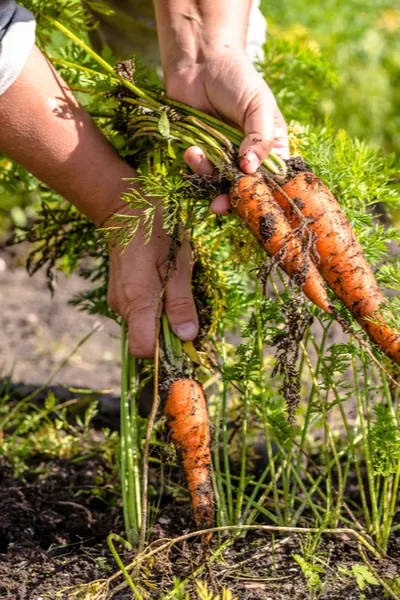
What once was a thriving vegetable garden quickly becomes an overgrown weed patch. And one not only filled with weeds and decaying vegetable plants, but with pests and disease as well.
Unfortunately, all of these issues simply don’t go away with the onset of winter. Nor can they be undone by simply tilling the soil under in the spring for a new garden. Which is exactly why preparing your garden for winter this fall is so important!
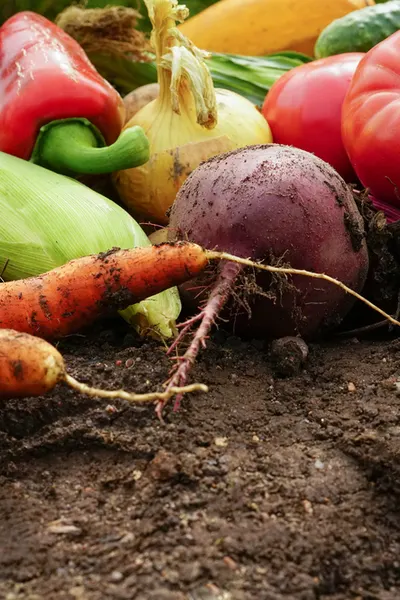
Not only can it help protect your precious garden soil from weeds, disease and pests, it can also recharge and revitalize your soil. The end result? Next year’s garden is better than ever!
Here is a look at how to clean up and prepare your garden for winter, and for a great growing season next year.
How To Prepare Your Garden For Winter
Remove All Spent Vegetable Plants
The most important fall garden task of all is removing all of this year’s vegetable plants. When left to rot and decay in the garden, it sets the stage for a multitude of problems for the following year’s growing season.
If left through the winter, disease and pest populations use old plants as their host. In addition, the rotting vegetables left on plants drop hundreds, if not thousands of volunteer seeds. Seeds that will germinate through next years crops to steal even more nutrients.
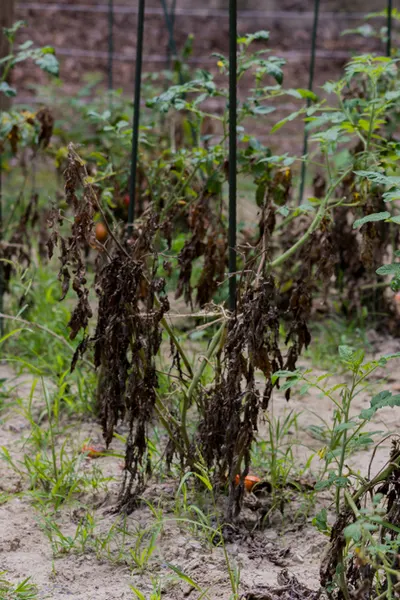
Vegetable plants should be pulled and cleared from the garden as soon as they begin to die back. And as you clear the foliage, be sure to remove any decaying fruit that may have found it’s way to the ground as well.
Adding Back Organic Matter – Preparing A Garden For Winter
So now that the garden is a clean slate, it’s time to add back some power!
Whether you grow with raised beds, raised rows, or in a traditional garden setting, fall if the perfect time to rejuvenate and renew your soil’s nutrient levels by adding organic matter.
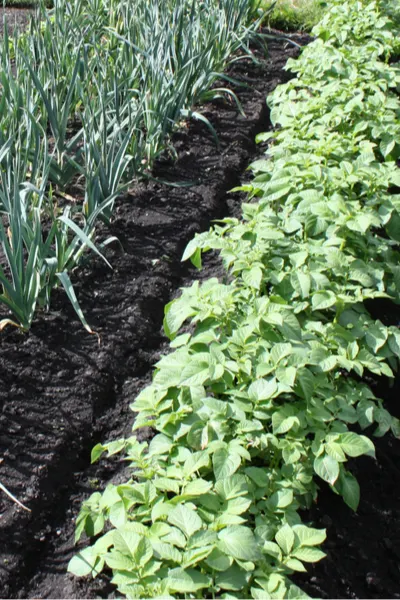
Vegetable plants take a toll on both the quality and vitality of your garden’s soil. As they grow and produce their crop, they also soak up valuable nutrients from the soil.
Over time, nitrogen, potassium, phosphorous and other key minerals begin to disappear from the soil. And if not replaced, next year’s vegetable plants can begin to suffer.
Although planting a cover crop (covered in the next section), is certainly a key element to revitalizing and protecting your soil, you can recharge it even more by incorporating organic matter as soon as you clear your crops.
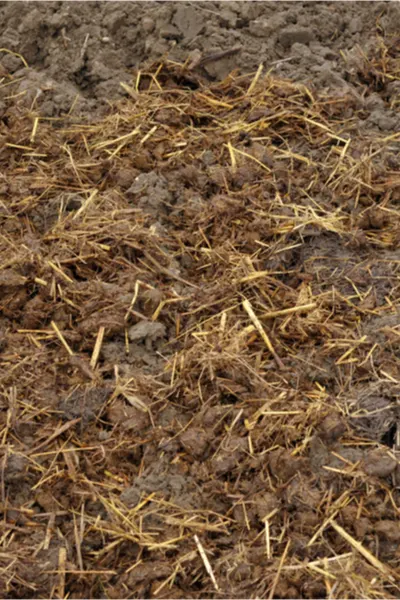
Adding a 1″ to 2″ topping of compost, animal manure or even shredded leaves will go a long way to recharge the soil over winter. The nutrients break down and leach into the soil over winter, and are ready to power plants by next spring! (See: How To Create An Amazing Fall Compost Pile)
Cover That Soil – Preparing A Garden For Winter
Leaving your soil bare throughout the winter is one of the biggest mistakes of all for a garden. First and foremost, it sweeps away valuable garden soil through erosion. But it also allows weeds and weed seeds to find an easy path to survive and lie in wait.
Although adding a layer of organic matter helps, covering the entire garden with a cover crop really sets the stage for success next year.
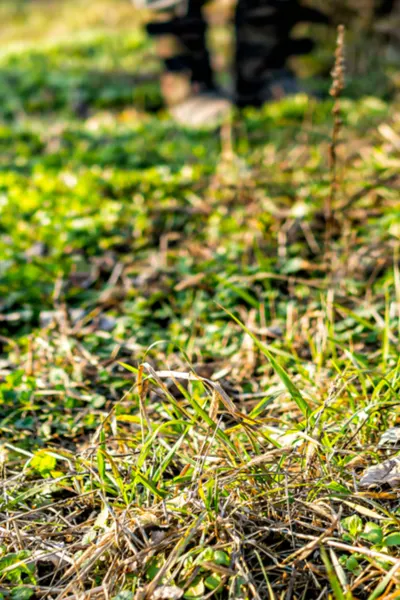
Not only does it cover and protects your soil, but it gives back an incredible amount of nutrients. It is the ultimate win-win for keeping garden soil productive! See : How To Plant A Fall Cover Crop To Re-Energize Your Garden
And if for any reason a cover crop isn’t possible, then at the very least, cover that garden with something! Many choose to simply cover their garden by placing a large tarp over it. Others cover it in a thick coat of leaves or straw.
Whether it’s a cover crop, tarp, or a thick coating of leaves, covering your soil is a must! Here is to getting that garden put to bed right this fall, and to a great growing season next year.
This Is My Garden is a website dedicated to spreading the love and knowledge of gardening around the world. We publish two new garden articles each week. This article may contain affiliate links.
